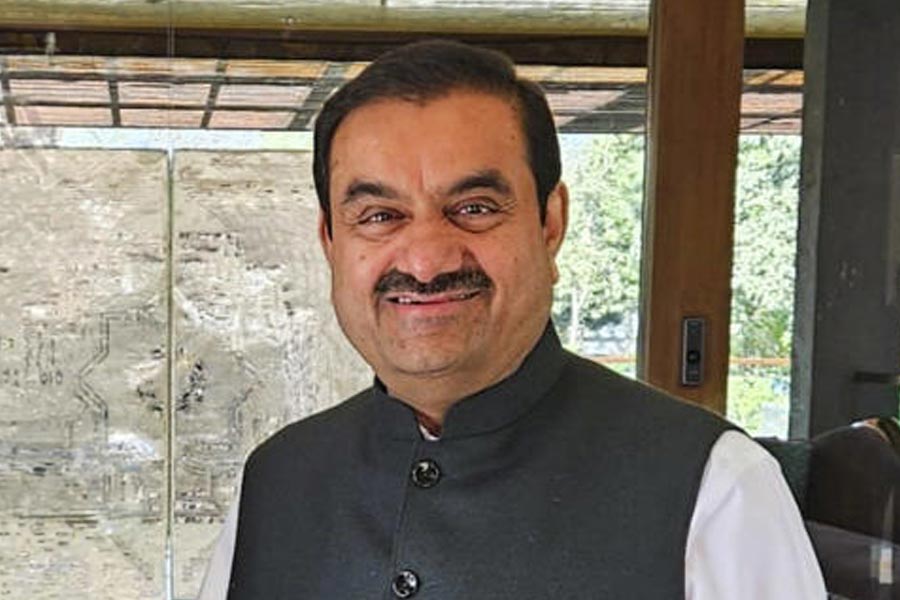India and Pakistan may continue to bicker geopolitically but when it comes to facing climatic impacts and the cost of repairing it, they mirror each other.
While the developed nations continue to bargain over climate financing in Baku, contesting the developing countries’ demand for annual climate finance in trillions, a report of the UN standing committee on finance released on Wednesday on the sidelines of COP29, shows that some of the nations in Asia, led by India, require as high as $4 trillion to implement their officially committed climate action. Pakistan is close behind.
The report, “Second report on the determination of the needs of developing country parties related to implementing the convention and the Paris Agreement”, points out that the costed needs for implementing nationally determined contribution (NDC) is the highest in Asia.
“In Asia … a total of 374 needs reported by 20 countries have been costed, amounting to $3.3-4.9 trillion, making the costed needs in Asia the highest among all regions”, with mitigation needs dominating at $2.9 trillion, while adaptation cost has been pegged to be in the range of $325-431 billion.
NDCs embody efforts by each country to reduce national emissions as committed voluntarily in the Paris Agreement, and subsequently updated.
The analysis further underlines that “the southern Asia sub-region has the highest costed needs in Asia, ranging from $2.5 million to $4 trillion”. It has been pointed out that “the high costed needs in Asia are largely driven by significant costs reported by India, Indonesia, Iran and Pakistan”.
Overall, at the global scale, NDCs from 142 countries contained a total of 5,760 needs, out of which 2,753 (48 per cent) are costed so far amounting to “$5.036–6.876 trillion”.
On Wednesday, the ongoing UN meeting came up with the first draft on NCQG (new, collective, quantifiable goal on climate finance) that also referred to the amount of $5.036–6.876 trillion “up until 2030”.
The 34-page document is an accumulation of views put forward so far by several countries, those are expected to be negotiated upon in the next 10 days to come to a unanimous conclusion and figure.
“Just look at the number of options listed against the key points that sums up the level of disagreement at this stage. Unless the political leaders show commitment, this is going to be a Herculean task,” pointed out an Indian climate analyst.
Experts feel that the value quoted in the report, especially for South Asia, is underestimated.
“The costed needs of south Asia in the report are in fact on the lower side in the absence of granular data and commonly accepted methodologies.
“The scale of climate-induced disasters in the region, the massive adaptation and energy requirements to lift millions of our people in this decade alone will require significantly more funds than the numbers on the table right now,” said Sanjay Vashist, the director of Climate Action Network South Asia, in Baku to The Telegraph.
Another finance report released by the UNFCCC standing committee on finance on Wednesday shows that the climate finance flow from 2021 to 2022, till which the data is considered, has remained static or actually plummeted in several sectors instead of increasing.











